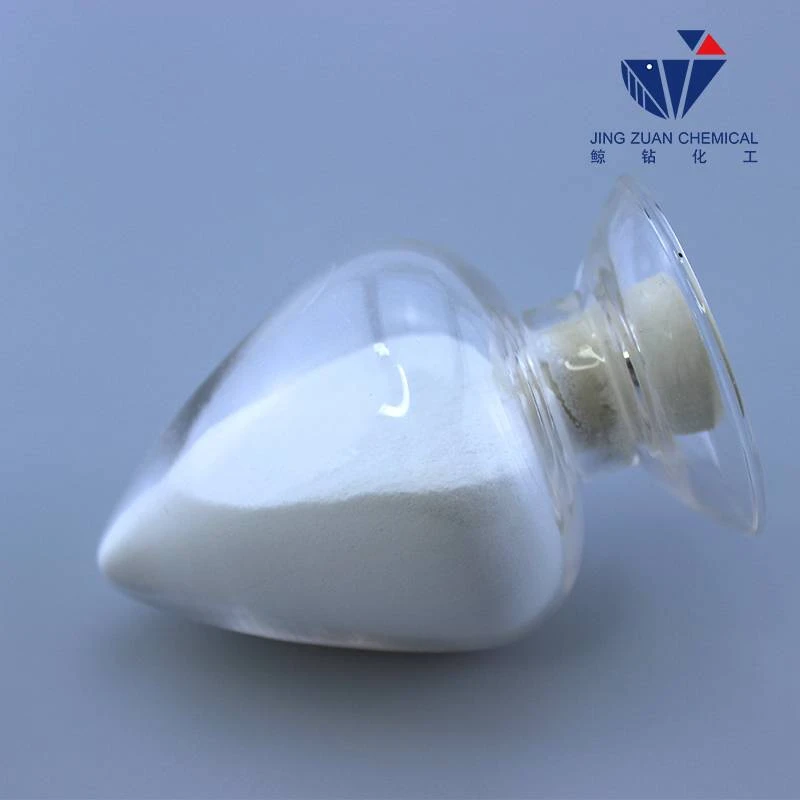
Dec . 03, 2024 16:16 Back to list
HPMC Applications in Enhancing Tile Adhesive Performance and Durability
The Role of HPMC in Tile Adhesives An Essential Component for Modern Construction
Hydroxypropyl Methylcellulose (HPMC) is a widely utilized material in the construction industry, especially in the formulation of tile adhesives. This cellulose ether has gained popularity due to its unique properties and versatile applications, making it an essential ingredient for ensuring the longevity and durability of tile installations. Understanding the significance of HPMC in tile adhesives can shed light on its benefits and applications in modern construction.
What is HPMC?
HPMC is a non-ionic, water-soluble polymer derived from cellulose. It is produced through the chemical modification of cellulose, which involves reacting it with propylene oxide and methyl chloride. The resulting compound is a white, odorless powder that can dissolve in warm or cold water, forming a viscous solution. The degree of substitution (the ratio of hydroxypropyl and methyl groups) can be adjusted to alter the properties of HPMC, making it suitable for various applications.
Benefits of HPMC in Tile Adhesives
1. Enhanced Adhesion One of the primary roles of HPMC in tile adhesives is to improve adhesion between the tile and substrate. This is crucial for ensuring that tiles remain securely bonded over time, thereby reducing the risk of cracking or delamination. The polymer’s thickening action helps the adhesive maintain a strong bond, providing reliable performance even in challenging conditions.
2. Increased Workability HPMC improves the workability of tile adhesives, making them easier to spread and manipulate during installation. This is particularly important for professionals who need to apply the adhesive uniformly and efficiently. The optimum viscosity achieved through HPMC ensures that the adhesive does not slide off the surface, allowing for precise application.
hpmc for tile adhesive

3. Water Retention One of HPMC’s exceptional properties is its ability to retain water. In tile adhesive formulations, this characteristic is crucial, as it helps to maintain the moisture content necessary for the curing process. Adequate water retention prevents premature drying of the adhesive, which can compromise its bonding strength. As a result, HPMC-enhanced adhesives allow for extended open time, giving installers more flexibility during the application process.
4. Improved Flexibility HPMC contributes to the flexibility of tile adhesives, allowing them to accommodate slight movements caused by temperature fluctuations or substrate settling. This flexibility is vital in preventing cracks in both the adhesive layer and the tiles themselves, ensuring a long-lasting and aesthetically pleasing installation.
5. Resistance to Adverse Conditions Tile installations often face harsh environmental conditions, such as moisture, heat, and chemicals. HPMC enhances the performance of tile adhesives in these scenarios, providing resistance to water and preventing the growth of mold and mildew. This durability is particularly beneficial for exterior applications or wet areas like bathrooms and kitchens.
Applications of HPMC in Tile Adhesives
The versatility of HPMC allows it to be used in various types of tile adhesives, including those for ceramic, porcelain, and natural stone tiles. Additionally, it is often employed in pre-mixed and dry mortar formulations, offering manufacturers the ability to create products tailored to specific performance attributes. HPMC can also be found in specialized adhesives designed for different substrates, such as concrete, wood, or gypsum, accommodating a broad range of building needs.
Conclusion
In conclusion, Hydroxypropyl Methylcellulose plays a pivotal role in the formulation of tile adhesives, enhancing adhesion, workability, water retention, flexibility, and resistance to environmental conditions. As the demand for high-quality construction materials continues to grow, HPMC remains an essential component in the development of effective and reliable tile adhesives. By incorporating HPMC into their formulations, manufacturers and contractors can ensure the durability and longevity of tile installations, ultimately contributing to the overall success of modern construction projects. The evolution of tile adhesive technology, driven by the inclusion of HPMC, has paved the way for more efficient, cost-effective solutions in the industry, meeting the demands of both professionals and consumers alike.
-
Versatile Hpmc Uses in Different Industries
NewsJun.19,2025
-
Redispersible Powder's Role in Enhancing Durability of Construction Products
NewsJun.19,2025
-
Hydroxyethyl Cellulose Applications Driving Green Industrial Processes
NewsJun.19,2025
-
Exploring Different Redispersible Polymer Powder
NewsJun.19,2025
-
Choosing the Right Mortar Bonding Agent
NewsJun.19,2025
-
Applications and Significance of China Hpmc in Modern Industries
NewsJun.19,2025







